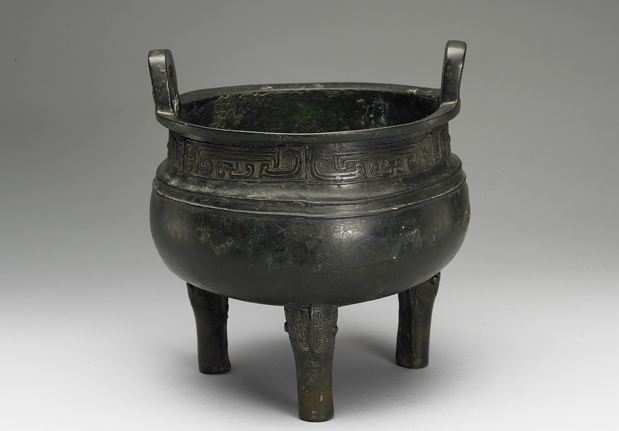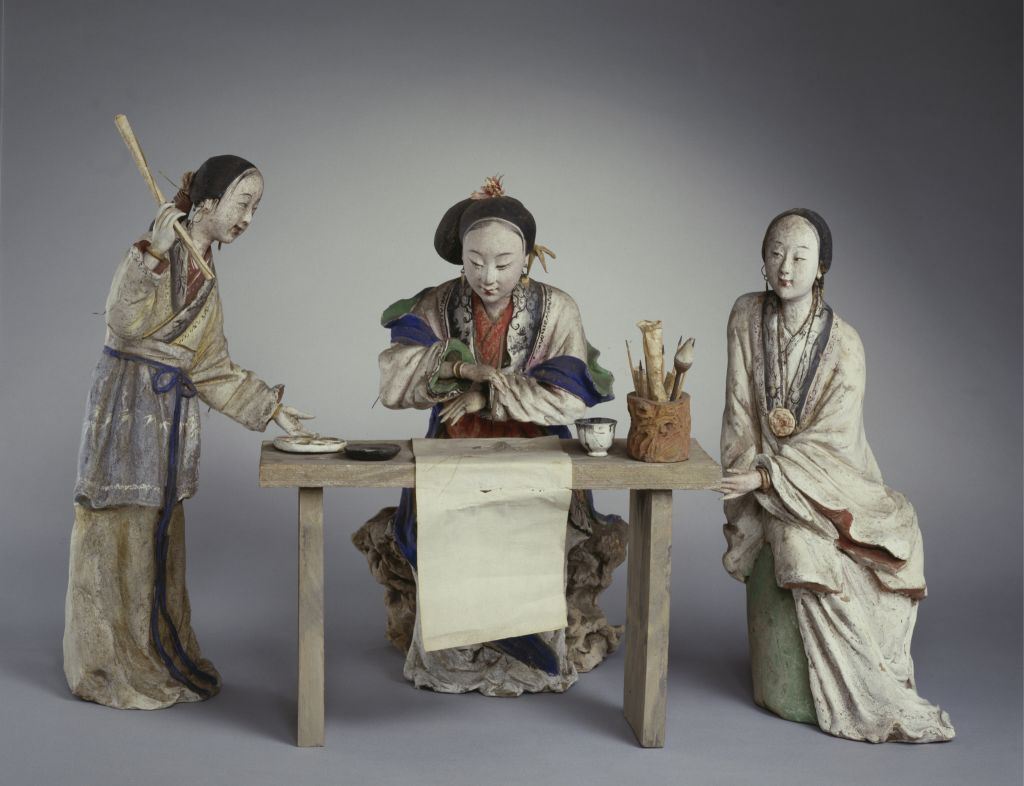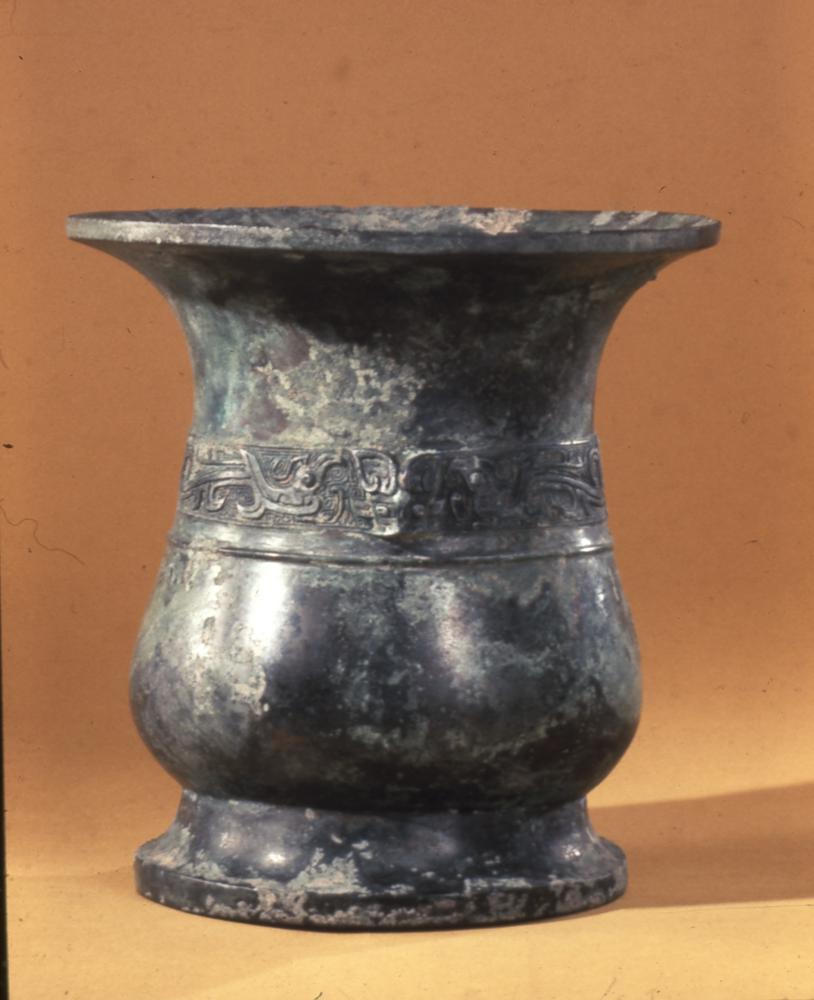[White Stone God’s Stele Book]
25 cm vertically and 15.5 cm horizontally. Donated by Wu Zhaohuang and Zang Huayun
This is the rubbings of the early Qing Dynasty. The words “advanced”, “燀” and “Qing” are not damaged. Huang Yi identified it and sealed it with the “gold and stone obtained by Komatsu” seal
The inscription on this stele was erected in the sixth year of the reign of Han Guanghe (183), celebrating the miraculous work of the White Stone God. The inscriptions are arranged neatly, but they lack the Qi and bone of the Han Dynasty. They are regarded as the steles of the Jin and Wei Dynasties. The light and time of the engraving are doubted by later generations to be the one who carved it again, but it is quite stable and elegant, and it is not impossible for Han people to do it
This tablet has been recorded in Zhao Mingcheng’s “Jinshi Lu” and Hong Shi’s “Lishi”, and was once unknown in the early Qing Dynasty. Chen Yixi of the Qing Dynasty recorded his discovery of the monument in his “Records of the Stone Relics”. Yang Shoujing’s “Tablets of Peace” said: “This tablet is the lowest in the Han Dynasty, but it is also known that it was not the origin of the Wei and Jin Dynasties. And now there are books in the Wei and Jin Dynasties, which are all fragile and have not yet been vulgar. Most of the calligraphers are clumsy, engraved with high and low quality, and the stone has good and bad quality, which can not be generalized.” The monument is now in the Han Stele Hall of Qianfo Cave in Fenglong Mountain, Hebei Province
Huang Yi’s bibliography of small Penglai Pavilion
![图片[1]-Stele Book of the White Stone God-China Archive](https://chinaarchive.net/Eastern Han dynasty/Inscription/28034[1024].jpg)
![白石神君碑册 图片[2]-Stele Book of the White Stone God-China Archive](https://chinaarchive.net/Eastern Han dynasty/Inscription/28035[1024].jpg) 白石神君碑册
白石神君碑册![白石神君碑册 图片[3]-Stele Book of the White Stone God-China Archive](https://chinaarchive.net/Eastern Han dynasty/Inscription/28036[1024].jpg) 白石神君碑册
白石神君碑册![白石神君碑册 图片[4]-Stele Book of the White Stone God-China Archive](https://chinaarchive.net/Eastern Han dynasty/Inscription/28037[1024].jpg) 白石神君碑册
白石神君碑册![白石神君碑册 图片[5]-Stele Book of the White Stone God-China Archive](https://chinaarchive.net/Eastern Han dynasty/Inscription/28038[1024].jpg) 白石神君碑册
白石神君碑册![白石神君碑册 图片[6]-Stele Book of the White Stone God-China Archive](https://chinaarchive.net/Eastern Han dynasty/Inscription/28039[1024].jpg) 白石神君碑册
白石神君碑册![白石神君碑册 图片[7]-Stele Book of the White Stone God-China Archive](https://chinaarchive.net/Eastern Han dynasty/Inscription/28040[1024].jpg) 白石神君碑册
白石神君碑册![白石神君碑册 图片[8]-Stele Book of the White Stone God-China Archive](https://chinaarchive.net/Eastern Han dynasty/Inscription/28041[1024].jpg) 白石神君碑册
白石神君碑册![白石神君碑册 图片[9]-Stele Book of the White Stone God-China Archive](https://chinaarchive.net/Eastern Han dynasty/Inscription/28042[1024].jpg) 白石神君碑册
白石神君碑册![白石神君碑册 图片[10]-Stele Book of the White Stone God-China Archive](https://chinaarchive.net/Eastern Han dynasty/Inscription/28043[1024].jpg) 白石神君碑册
白石神君碑册![白石神君碑册 图片[11]-Stele Book of the White Stone God-China Archive](https://chinaarchive.net/Eastern Han dynasty/Inscription/28045[1024].jpg) 白石神君碑册
白石神君碑册![白石神君碑册 图片[12]-Stele Book of the White Stone God-China Archive](https://chinaarchive.net/Eastern Han dynasty/Inscription/28046[1024].jpg) 白石神君碑册
白石神君碑册





